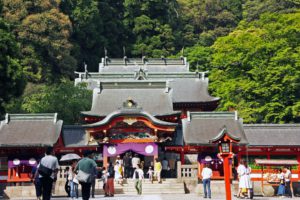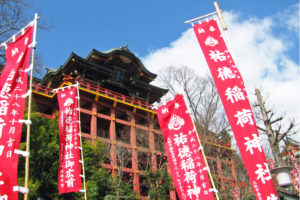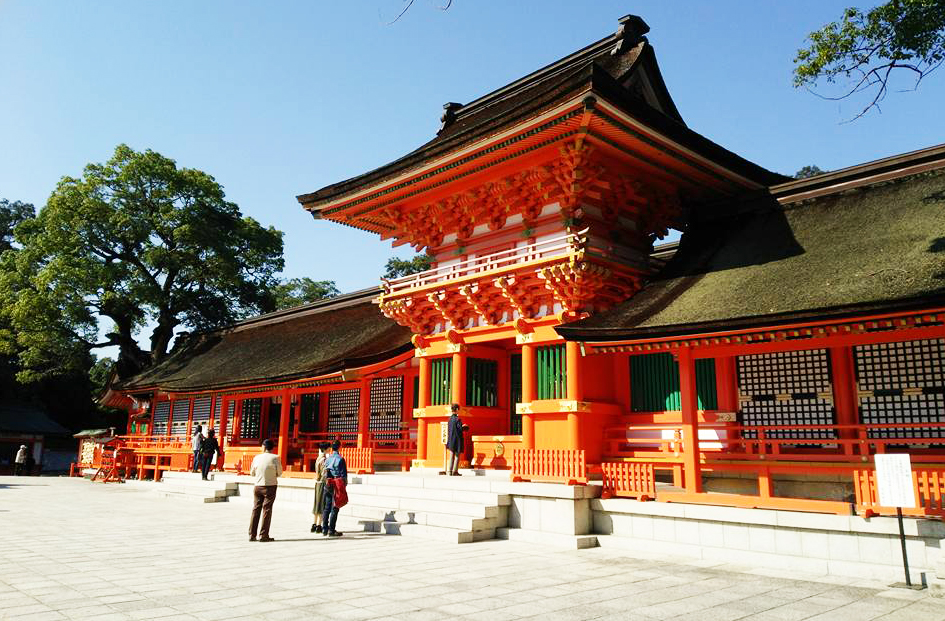Shinto shrine
There are over eighty thousand Shinto shrines in Japan, and they represent the oldest
architectural style in the country. Shinto is a religion unique to Japan. Respect for land
and nature is its basic premise. Usually there is a mirror in the case inside each Shrine.
This is the symbol of Shrine’s deity. Shinto customs are common in Japanese life. Some
people household altars and pray for good health, success and happiness every day.
 |
 |
 |
